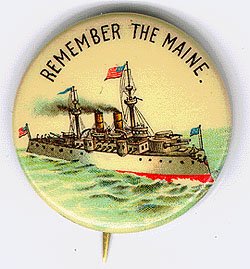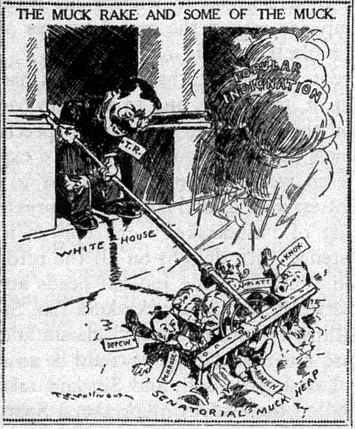Unit 2: The American Century, Wrestling with Modernity
by Dr. H - September 27th, 2013
This unit considers the first four decades of the twentieth century, with a special focus on the 1920s and 1930s. Why was it “the American century”? Why and how were Americans “wrestling” with modernity?
 Monday, Sept 30: US as a World Power, Imperialism (+ MDQ). Reading: Chapter 21 – read the chapter as a whole but focus on how/why the US became involved in the three main foreign conflicts covered in the chapter, and on the intro and conclusion for an overview of how this textbook FRAMES these conflicts (as continuous with the rest of American history, and if so, how? Or as new/startling developments that the US had to respond to? Or as acts of aggression towards other countries motivated by economics, racism, or some other reason?)
Monday, Sept 30: US as a World Power, Imperialism (+ MDQ). Reading: Chapter 21 – read the chapter as a whole but focus on how/why the US became involved in the three main foreign conflicts covered in the chapter, and on the intro and conclusion for an overview of how this textbook FRAMES these conflicts (as continuous with the rest of American history, and if so, how? Or as new/startling developments that the US had to respond to? Or as acts of aggression towards other countries motivated by economics, racism, or some other reason?)
Wednesday, Oct 2: 1920s Politics and Culture. Reading: ACH 22: 665-678
Friday, Oct 4: Boom to Bust. SkillBuilder #3 is due. Reading: ACH 22: 678-687
Monday, Oct 7: Down and Out (+ MDQ). Reading: ACH 23: 690-699. FDR Inaugural Address.
Wednesday, Oct 9: Workshop Day – Culture of the 1930s. Reading: Catch yourself up in ACH 22 and 23, as needed individually.
Friday, Oct 11: New Deal 1.0 and 2.0. SkillBuilder #4 is due. Reading: ACH 23: 700-711. Quiz 2 opens online, on Chapters 20 and 21, it will be open until Friday 10/18.
Monday, Oct 14: No class, Columbus Day holiday
Wednesday, Oct 16: Workshop Day – New Deal Legacy. Bring laptops to class. Reading: ACH 23: 711-722.
Friday, Oct 18: Exam #2 in class. Quiz 2 closes.

Nighttime visitors to the FDR Memorial in Washington DC. Photo: Washington Post







